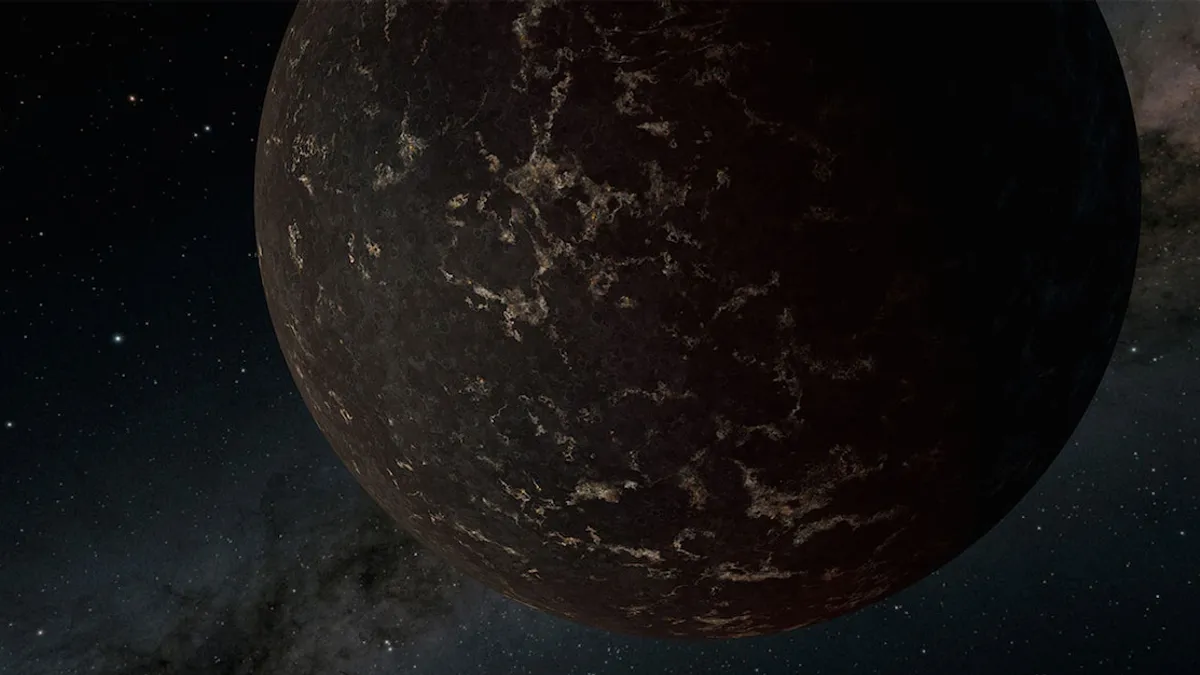Researchers have observed the absence of a thick atmosphere on an already discovered exoplanet for the first time ever. NASA's Spitzer Space Telescope's data helped shed light on this discovery.
The search for exoplanets and finding habitable zones is nothing new for NASA.
RELATED: SCIENTISTS HAVE DISCOVERED THE MOST EARTH-LIKE EXOPLANET
In recent years, with its Exoplanet Exploration Program, NASA aims to find planetary systems orbiting other stars such as our Sun.
Planet LHS 3844b
Planet 'LHS 3844b' was originally discovered in 2018 by NASA's TESS mission. Located 48.6 light-years away from Earth, it has a radius 1.3 times that of Earth and orbits an M Dwarf star. "These stars are the most common and long-lived type of stars in the Milky Way and are host to a high percentage of planets in our galaxy," notes JPL.
The method used to find this exoplanet was through 'the transit method' which involves looking at shadows. When an exoplanet passes directly between its star and an observer, the star's light diminishes. This, in turn, helps determine the size of the planet.

The planet is also believed to be one of the smallest planets that has been observed using the transit method and is also "quite dark" (as shown in the artist's illustration NASA provided) with basalt rock.
What's new
The new study highlighted that there was a negligible heat signature between the cold and hot sides of the planet, even if the star that the planet is orbiting around is a cooler one. This has made it possible to observe LHS 3844b's dayside by Spitzer.
It "makes one full revolution around its parent star in just 11 hours," meaning it has a tight orbit making it "tidally locked" - "one side of a planet permanently faces the star."
Moreover, the temperature fluctuations on the planet are huge. "The temperature contrast on this planet is about as big as it can possibly be," said Laura Kreidberg, the lead author of the study. "That matches beautifully with our model of a bare rock with no atmosphere."
By observing the atmosphere, it can be determined if there is life on a planet or not. Earth's atmosphere is what makes life possible when compared to the Moon's or Mercury's. The study also postulates that this planet is "covered in the same cooled volcanic material found in the dark areas of the Moon's surface, called mare."
The findings mean that there is little chance of life on this particular exoplanet. But scientists are still hopeful that other planets may sustain an atmosphere, even if studies of M Drawf stars haven't been empirical. But now, "we have a terrestrial planet outside our solar system where for the first time we can determine observationally that an atmosphere is not present," noted Kreidberg.
The findings were published in the journal Nature yesterday.




 BlocksInform
BlocksInform










